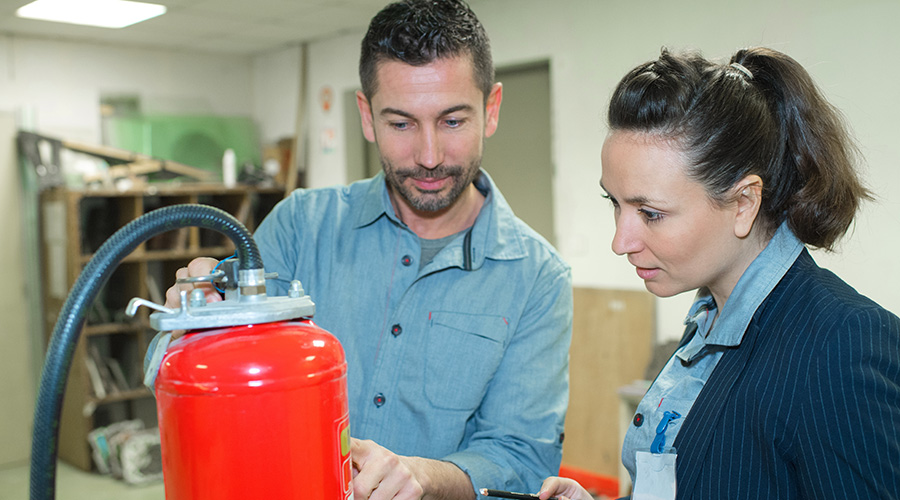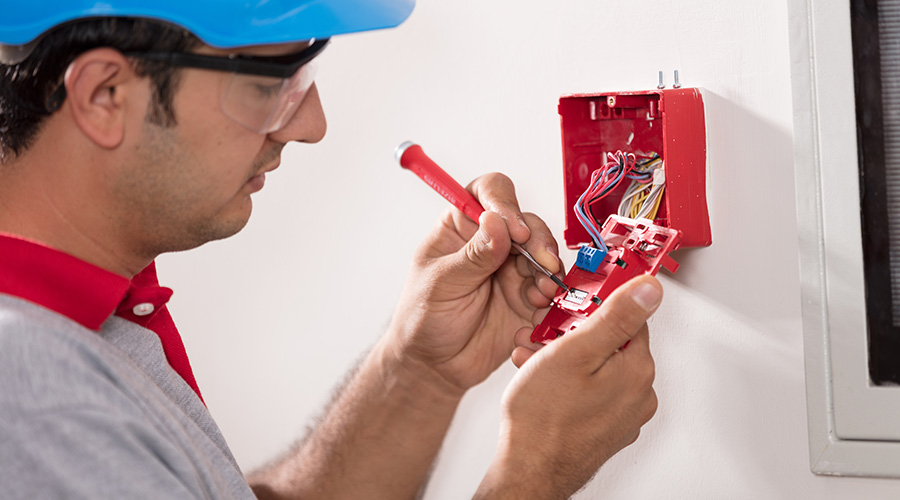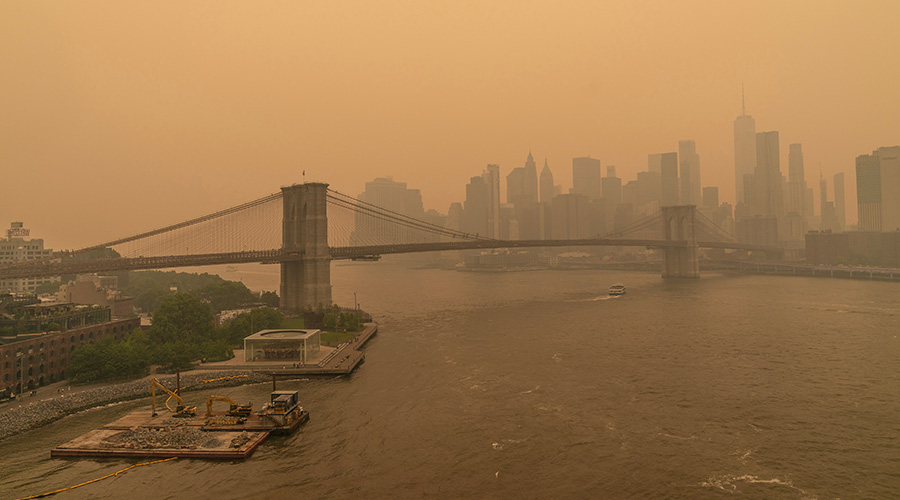High-Tech Fire Fighting
Extinguishing fires in mission-critical facilities requires fire suppression chemicals that won�t damage sensitive electronic equipment
Fighting fire with fire is not an option when facilities are involved. And for some facilities, using water isn’t a good first choice either.
Facility executives at mission-critical facilities face myriad issues when considering what type of fire suppression system to use to protect computers, high-tech telecommunications equipment and sensitive electronic controls. Water — and water alone — would do just fine if occupant safety and protecting the building were the only things at stake. But there’s more.
When it comes to fire safety planning, businesses that operate mission-critical facilities are concerned about how the selection of a suppression system affects business continuity, risk management and capital planning. While those issues enter the discussions of facility executives at every type of facility, they are magnified for those at mission-critical facilities, where revenue loss brought on by technology downtime can add up in seconds and minutes, not hours and days.
Equipment, Not People
To be clear, the gaseous agent suppression systems used in high-tech equipment rooms and data centers are meant to preserve revenue streams and save equipment, not lives. According to National Fire Protection Association (NFPA) codes, the decision regarding what type of system to use depends on risk factors and an organization’s tolerance for that risk rather than anything prescribed by codes.
“It’s really a building owner’s standard,” says Mark Conroy, a senior fire protection engineer with NFPA.
But if a building is required to have sprinklers, then sprinklers are required in computer rooms regardless of whether gaseous agent suppression systems are installed, according to NFPA codes. Because of that requirement and the additional cost, many facility executives will take their chances and forgo the use of a gaseous agent suppression system, says Joseph Deiss, senior mechanical designer with Industrial Design and Construction-CH2M Hill.
“The requests to use the systems have come from people that have data that is so sensitive that they can’t lose it, and they can’t back it up off site,” he says.
One of the biggest considerations in determining risk tolerance is the importance of the mission-critical facility to business operations. The more profit an organization stands to lose as a result of a fire taking out key equipment, the more it should be willing to spend on protecting that equipment.
What’s more, says Thomas Simms, an associate manager and senior consultant for mission critical and construction services with Rolf Jensen & Associates, certain types of organizations don’t have operational redundancies built into their organizations, making the need for suppression systems even more important.
Telecommunications firms, for example, usually don’t duplicate equipment that keeps networks and connections operating. Data centers, on the other hand, are more likely to have backup sites that would allow at least some operations to continue should fire or water damage equipment at the primary location.
Early Intervention
Facility executives investigating the use of clean-agent fire suppression systems will find a number of technologies available. In NFPA 2001, there are 13 types of agents marketed by manufacturers, although those used in data centers are generally of three types: HFC-227ea, IG-541 and, more recently, FK-5-1-12.
All three types are designed to extinguish fires in their incipient stage, well before enough heat builds up in a room to activate a sprinkler system. Extinguishing a blaze before sprinklers are activated not only limits fire and smoke damage, but also avoids water damage, which some say can be more extensive than that caused by the fire itself. Unlike water, the clean agents are nonconductive, meaning they can be used without damaging electronic components.
Halon 1301, the type of halon used in data center environments, continues to be used despite a ban on its production following ratification of the Montreal Protocol. According to a report prepared for the Environmental Protection Agency, facility executives have little incentive to replace installed halon suppression systems because alternative products are more expensive. The report expects halon to be used in data centers and computer rooms until at least 2013.
Simms says the problem with continued use of halon isn’t the availability of the substance itself, but rather the availability of the extinguishing system infrastructure, including valves and O-rings.
New data centers and those that undergo significant refurbishment are directed by the 1987 Montreal Protocol to use a halon alternatives because of ozone-depleting properties of halon. Selecting either a halocarbon or inert gas, two types of clean agents, depends upon available space for suppression system tanks and venting capabilities. Halocarbons require less storage space than inert gasses, Simms says. Costs of the clean agent system, including materials and design, range from $2.50 per cubic foot of room space to $3.75.
Rod McLeod, mechanical department manager with Industrial Design and Construction-CH2M Hill, says the cost is about 25 to 30 times more than a sprinkler system.
Other considerations in the design of a system include room ventilation and selection of detectors to activate the suppression system.
Expensive Accidents
The term clean agent is defined by NFPA 2001 as an “electrically nonconductive, volatile, or gaseous fire extinguishant that does not leave a residue upon evaporation.” In addition, the standard illustrates the need to evacuate the room of personnel promptly and prevent re-entry. In all applications, a pressurization relief assessment should be performed to assure pressure created by the release of the substance will not cause damage, Simms says. As for detector selection and system activation, most systems are designed to signal an alarm once a fire is detected, giving facility personnel time to investigate the actual presence of a fire and then override the release of the clean agent in case it was a false alarm.
Furthermore, Simms says, fire and smoke detectors that control the release shouldn’t be overly sensitive. If they are, it’s possible that they could set off a discharge not based on a fire but by what’s being detected in the outside air being drawn into a building.
“You have to be concerned that you’re going to make the system too sensitive and set off a release when there is no fire,” Simms says. “You’re trying to set the system to go off only if there really is a fire. If you don’t have a fire and the system activates, it’s an expensive release.”
Related Topics:











